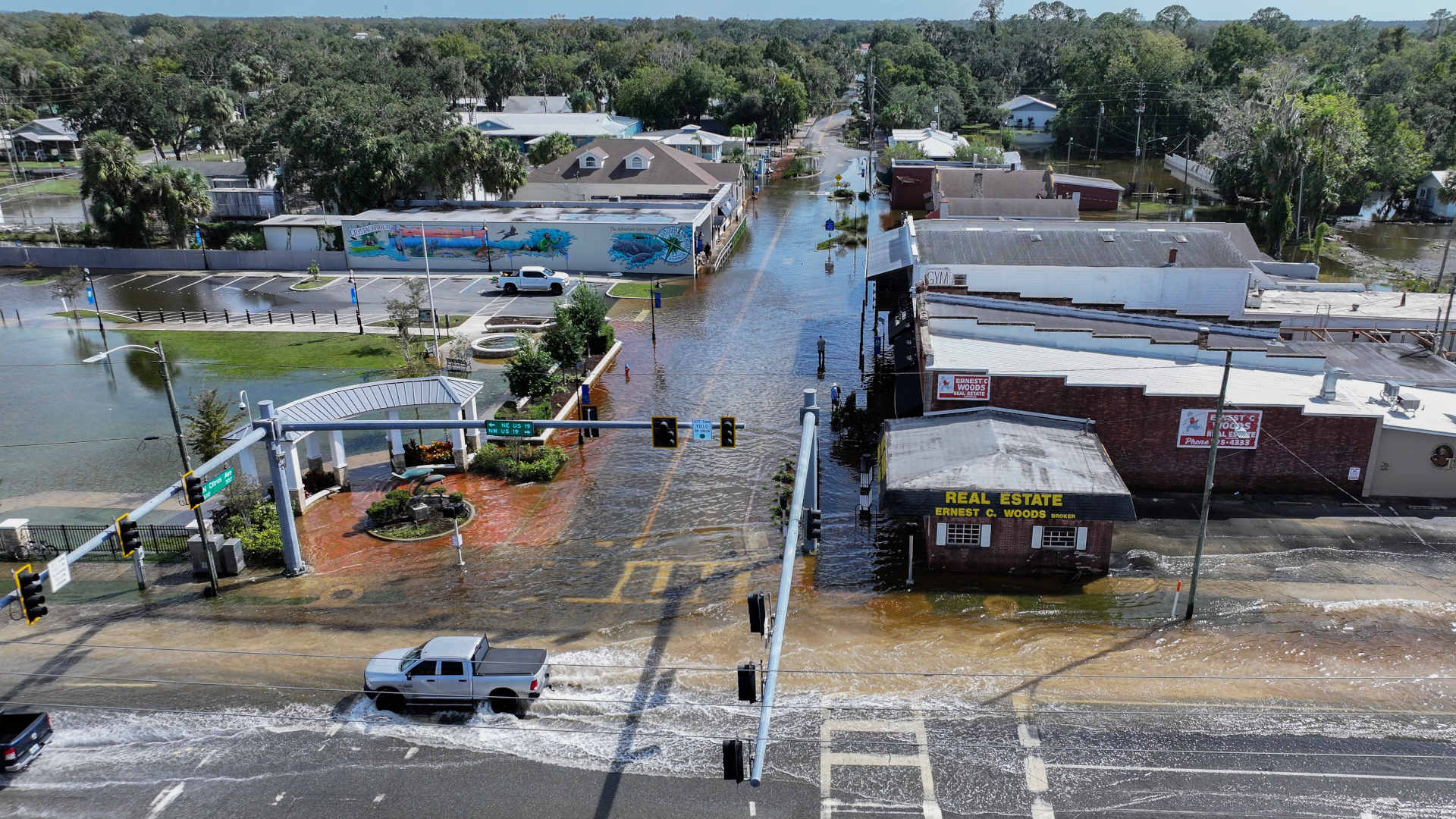
For Risky Science, a Question of Oversight
W ith the 2024 Atlantic hurricane season now behind us, my fellow oceanographers and I are reflecting on some of the major storms this season, namely Hurricanes Helene and Milton. Countless towns and residents continue to grapple with the aftermath, trying to piece together lives that were upended in mere days. Homes, memories, and communities were devastated, leaving a landscape forever altered. Thinking about these storms, we must ask ourselves: What have we learned, what’s missing, and how can we better protect ourselves against future flooding impacts?
The stakes could not be higher. According to the National Oceanic and Atmospheric Administration, 2023 was a historic year for billion-dollar weather disasters, with over $92 billion in damages recorded across the U.S. That figure could be surpassed in 2024 as flooding events from both tidal and storm impacts are expected to become more frequent and intense.
Scientists have long acknowledged this, and now communities and insurance companies alike are adjusting their approach in response to this evolving threat. They’ve recognized the critical role that precise data plays and are changing the way they collect and utilize it. Traditional methods of measuring how high the water rose after flooding events are no longer an appropriate approach for insurance assessment nor an effective strategy for planning for the future.
























